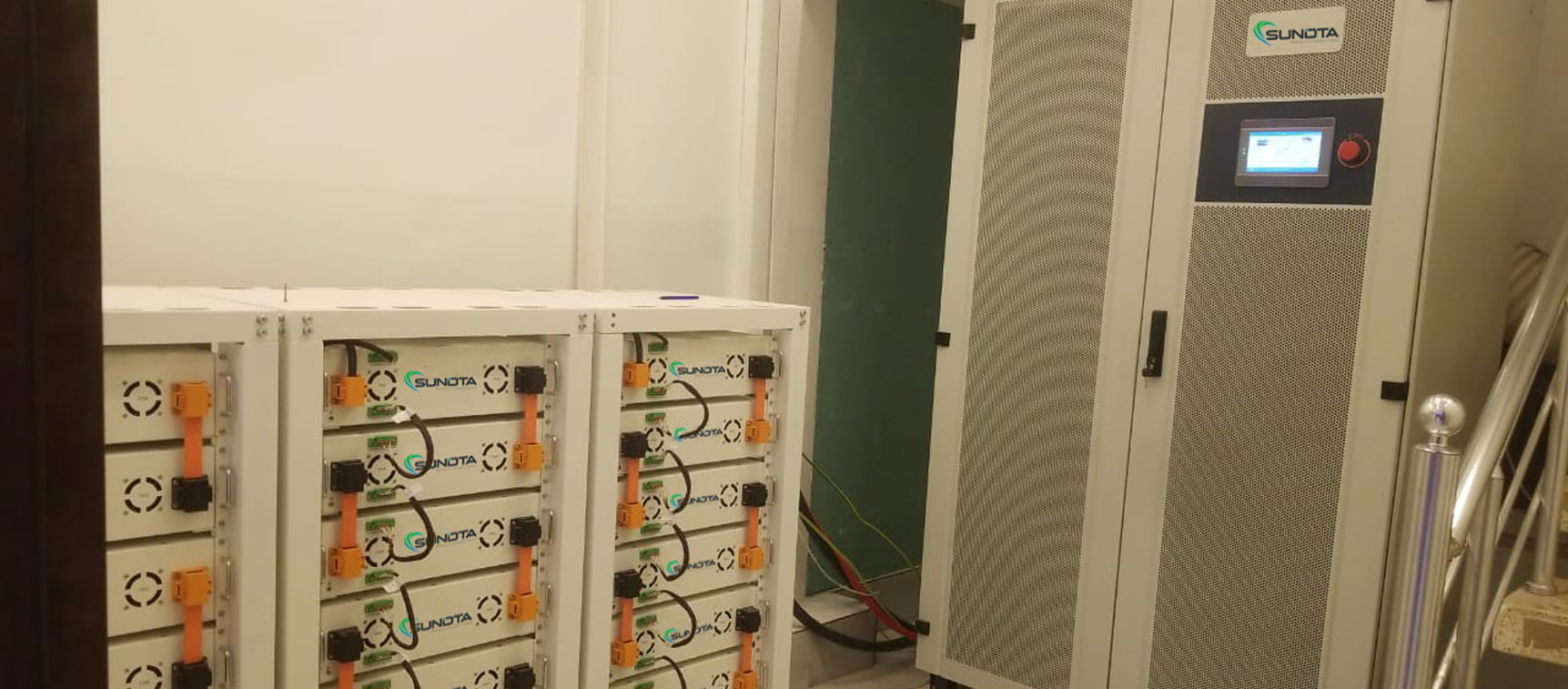What's in the energy storage battery PACK? (Attached is a detailed explanation of the production process)
Nov 14, 2023
On the electrochemical energy storage track, lithium-ion battery energy storage is currently relatively mature in technology and has the fastest development momentum. Among them, lithium-ion battery PACK technology is an extremely important part. What exactly is a battery PACK? What does its complete production line look like?
What is a battery pack?
Lithium-ion battery PACK, also known as battery module, is a lithium-ion battery manufacturing process that refers to connecting multiple lithium-ion single cell groups in parallel and series, taking into account the system mechanical strength, thermal management, and BMS. Matching issues.
Its important technologies are reflected in the overall structural design, welding and processing process control, protection level, active thermal management system, etc. If two batteries are connected in series or parallel to form a specific shape according to customer requirements, it is called PACK.
The composition of the battery PACK
The important components of the battery PACK include the four parts of the single battery module, electrical system, thermal management system, box, and BMS.
▷ Battery module: If the battery PACK is compared to a human body, then the module is the "heart", responsible for the storage and release of electrical energy.
▷ Electrical system: It is mainly composed of connecting copper strips, high-voltage wire harnesses, low-voltage wire harnesses, and electrical guarantee devices. The high-voltage wire harness can be regarded as the "artery blood vessel" of the battery PACK, which continuously delivers battery power to the end load. The low-voltage wire harness can be regarded as the "neural network" of the battery PACK, transmitting detection signals and control signals in real time.
▷ Thermal management system: The thermal management system mainly includes air cooling and liquid cooling. Liquid cooling can be divided into cold plate liquid cooling and immersion liquid cooling. The thermal management system is equivalent to installing an air conditioner on the battery PACK. The battery will generate heat in discharge mode. To ensure that the battery operates at a reasonable ambient temperature and improve the battery cycle life, the system temperature difference is generally required to be ≤5°C.
▷ Box: Mainly composed of box, box cover, metal bracket, panel and fixing screws, it can be regarded as the "skeleton" of the battery PACK, playing the role of support, resistance to mechanical impact, mechanical vibration and environmental protection.
▷ BMS: The abbreviation of "Battery management system", that is, the battery management system, can be compared to the "brain" of the battery. It is mainly responsible for measuring parameters such as voltage, current and temperature of the battery, as well as balancing and other functions. Data can be transferred to MES.
Features of Battery PACK
▷ PACK lithium battery pack requires the battery to have a high degree of consistency (capacity, internal resistance, voltage, discharge curve, life);
▷ The cycle life of the battery pack PACK is lower than the cycle life of a single battery;
▷ Use under limited conditions (including charging and discharging current, charging method, temperature, etc.);
▷ After the lithium battery pack is formed, the battery voltage and capacity are greatly improved, and must be protected and monitored for charge equalization, temperature, voltage and overcurrent;
▷ The battery PACK must meet the voltage and capacity requirements required by the design.
What does a complete pack production line look like?
The lithium battery pack production line refers to a series of system collections of equipment and processes required to produce lithium battery packs.
It usually includes six core links: battery manufacturing, battery testing, battery grading, battery assembly, packaging and quality inspection. Among these links, battery manufacturing and battery assembly are the most core, and they directly affect the lithium battery pack. performance and quality.
▷ Battery core manufacturing: It is the first step in the production line, and can be divided into preparation of positive and negative electrode materials, battery core molding, battery core liquid injection and battery core maturation.
Battery core forming is the most critical step. There are methods such as winding forming, lamination forming and stamping forming, which determine the shape and size of the battery core and directly affect the performance and life of the battery core.
Different molding methods are suitable for different lithium battery products, depending on the situation.
▷ Battery core testing: This process is mainly to screen out the batteries with unqualified quality to ensure the smooth progress of subsequent production links. It mainly includes battery cell capacity test, battery core internal resistance test and battery core temperature test. These test items can help manufacturers understand the performance of battery cells, detect problems in time, and make adjustments and optimizations.
Analysis on the future prospects of lithium battery pack
As the energy storage battery market continues to expand, the PACK production line is constantly being improved and improved to improve the performance and quality of the battery pack. When automation becomes popular, the packaging process will shift from labor to technical level, working hard on parameter matching and battery pack design, and the rest will be left to the machine.
In the future, the technical direction of lithium battery pack production lines will mainly include the following aspects:
1. Intelligentization: By introducing technologies such as artificial intelligence and the Internet of Things, we can realize the automation, intelligence and informatization of the production line, and improve production efficiency and product quality.
2. Greening: Through the use of environmentally friendly materials, energy conservation and emission reduction and other measures, the production process will be green and sustainable.
3. Personalization: According to the needs and requirements of different customers, realize personalized customization and services of the production line to improve customer satisfaction and loyalty.
4. Safety: Ensure the safety and stability of the production process by strengthening safety management and risk control.